Presidential Celts
In honor of President’s Day, we are peering into the family trees of some of America’s most influential leaders to find those with Celtic roots. This is tricky business as some of the connections are tenuous, at best. But as I always say, “Never let the facts stand in the way of a good story!”
As you may have already discovered, genealogy is not an exact science. Family stories and community lore must be placed on the scales along with the facts. I am also a firm believer in listening to “the voices in your blood,” as these resonances can reveal as much about your ancestry (and dare I say - past lives) as a dowsing rod pointing you to water.
The Welsh arrive first on the presidential scene, most notably with John Adams, Thomas Jefferson, James Madison, James Monroe and John Quincy Adams followed closely by Scots-Irish frontiersman, Andrew Jackson. Among other things, Jefferson was fluent in the Welsh language (Cymraeg). This led to the “urban legend” that he used Welsh to communicate secret messages with Meriwether Lewis during the famous Lewis & Clark expedition of 1804-1806. Both John Adams and Thomas Jefferson - the only two Presidents to actually sign the Declaration of Independence - died on exactly the same day: 4 July 1826, the 50th anniversary of the signing.
Abraham Lincoln’s great, great grandfather, John Morris, lived in a stone farmhouse known as Bryngwyn, near the village of Ysbyty Ifan in Wales. “Bryngwyn” translates as the white hill; an interesting foreshadowing of the White House, eh? Lincoln definitely understood the power of the Welsh in 19th century America. In 1860, he had nearly 100,000 Welsh language election pamphlets printed.
Richard Nixon is credited with both Irish and Welsh ancestry. He was portrayed on screen in the Oliver Stone biopic Nixon by one of Wales’ most celebrated actors, Anthony Hopkins.
One of Barack Obama’s great-great-great-great-great-grandfathers is Robert Perry, born in Anglesey (Wales) on September 16, 1786. Garrison Keillor commented on “Prairie Home Companion” that it was good to have an Irishman in the Whitehouse again, referring to O’Bama. (He really does have a Kearney ancestor.) Obama became the first sitting US President to visit Wales when attending the NATO summit in 2014.
The three US Presidents with the strongest ties to Scotland are James Knox Polk, William McKinley and Woodrow Wilson. Polk’s mother was a relative of the fiery Scots reformer, John Knox. Legend has it that Wilson was proud of his “Scottish conscience” and his firm Calvinist beliefs. Even “Uncle Sam” was Scots! The iconic white-bearded face on vintage military recruitment posters is based on that of Greenock-born Sam Wilson. The New York food purveyor supplied the Army with food during the early 19th century, and rumor has it that the ‘U.S.’ markings on food packages were in reference to the army’s real benefactor, not the United States.
Likely the most famous Irish presidents are John F. Kennedy, Ronald Reagan and Bill Clinton. The Kennedy connections to Co Wexford are well known – his paternal great-grandfather Patrick Kennedy was born in Dunganstown and married Bridget Murphy from nearby Owenduff. However, the man with closest Ireland ties whose work has benefited presidents since John Adams and is recognized by each of us – the architect James Hoban from County Kilkenny. His best-known work is the White House.
The numbers vary (a lot), but depending upon the sources, you have 9 – 12 US Presidents with Welsh connections; 24 – 33 with Scots (which often gets bundled with Scots-Irish even though there are distinctions between the two) and 10 – 13 with Irish roots. Suffice it to say, generations of Celts have held the highest office in the land and helped shape the nation that we now call home. Hail to the Chieftain – Aye!
Lori McAlister,
Wrangler of Cultural Affairs

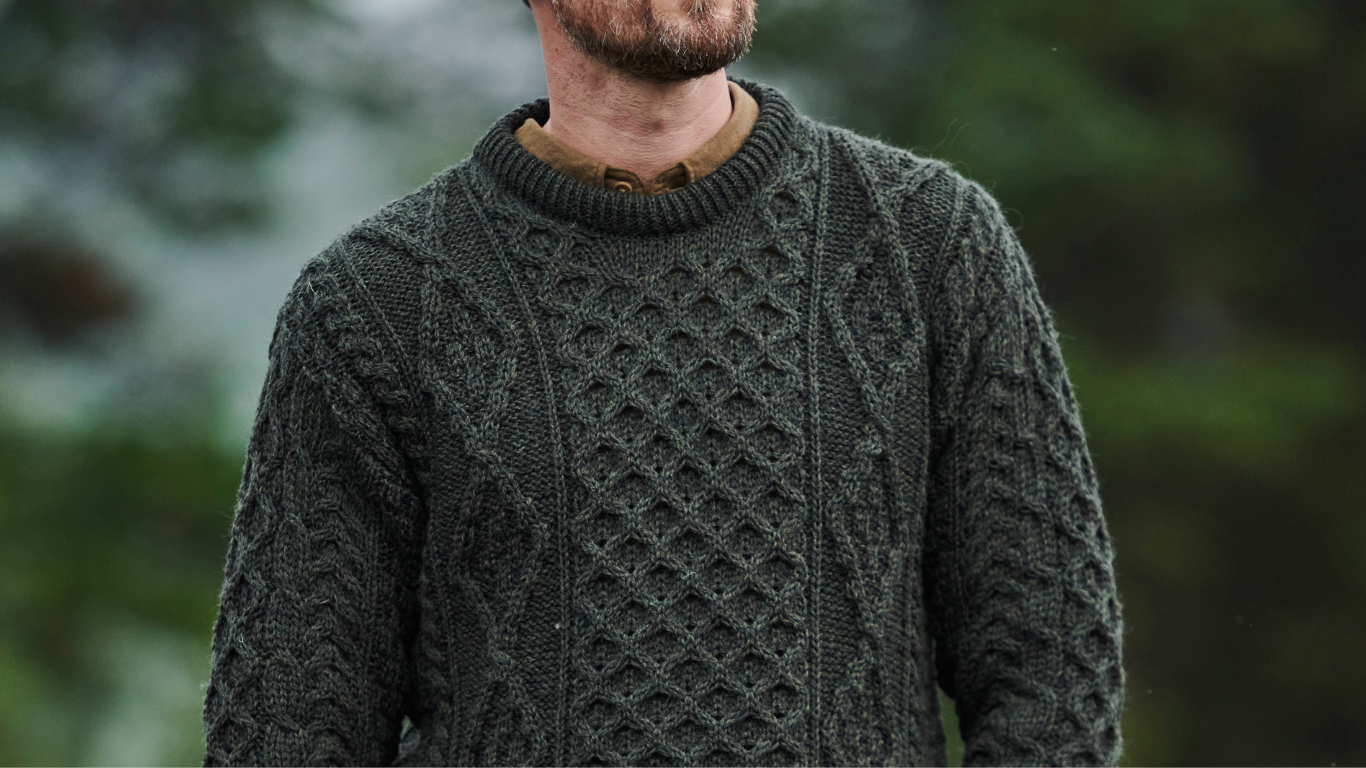
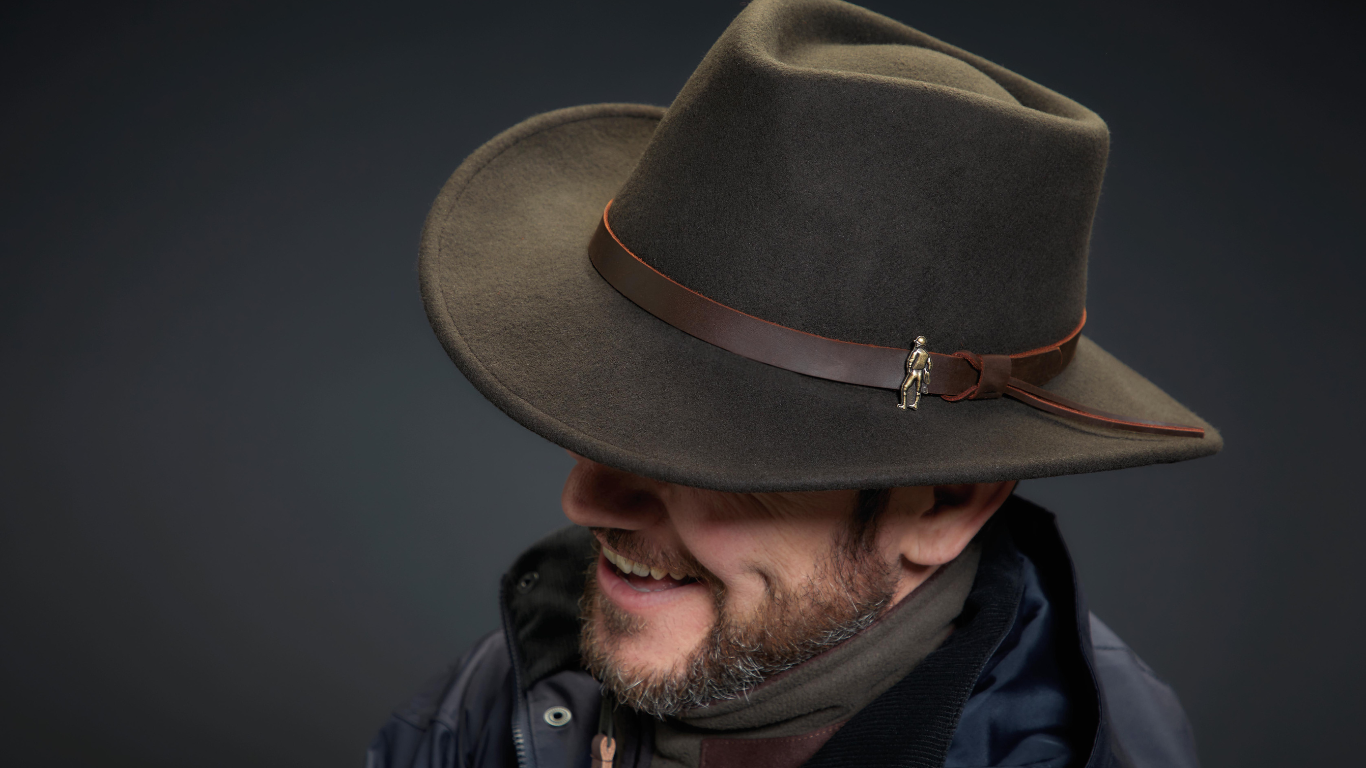
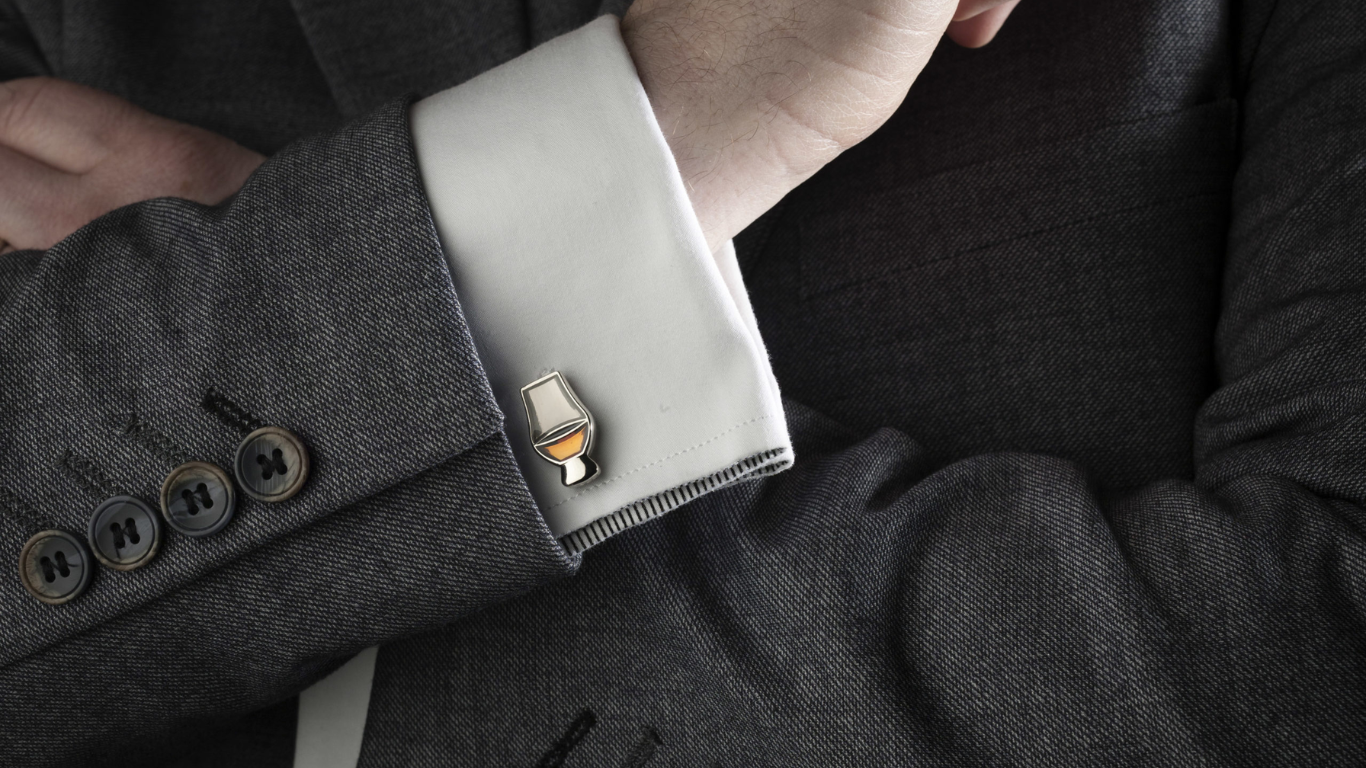
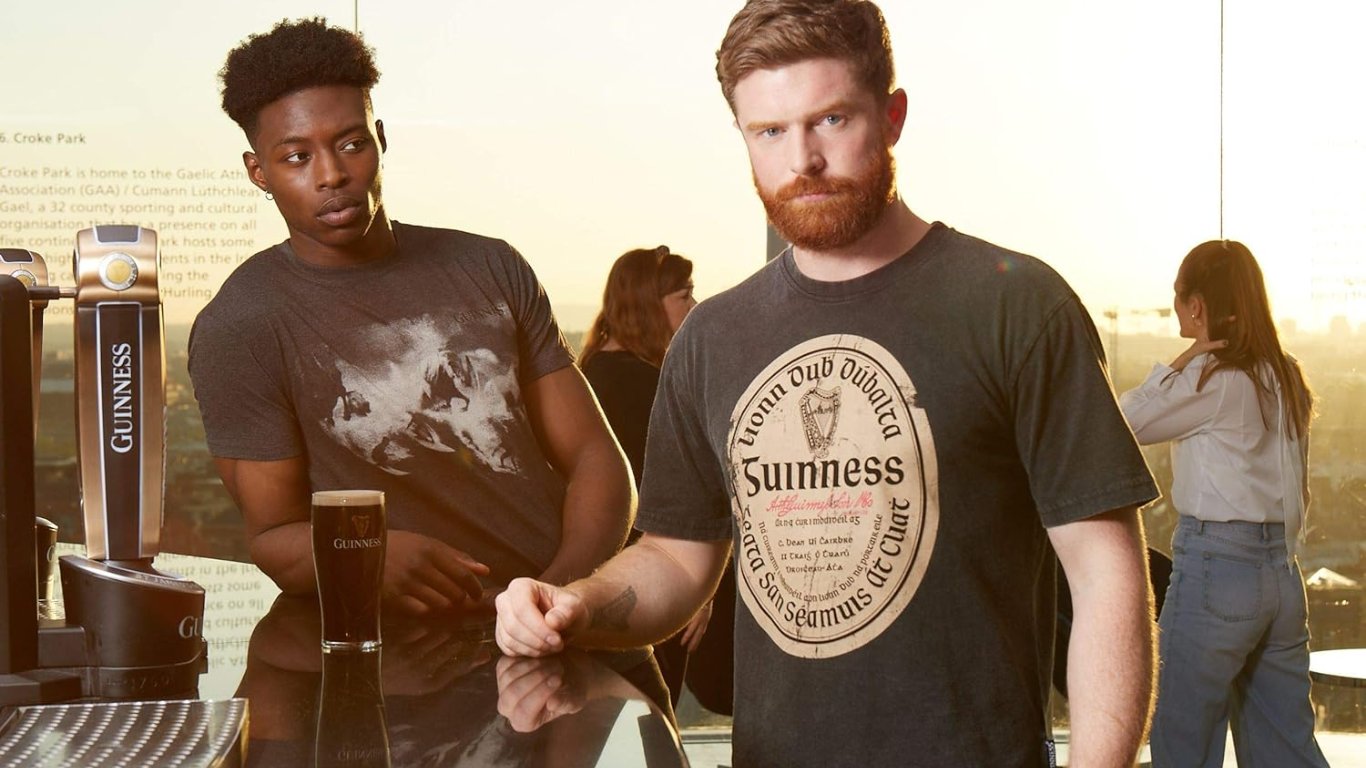
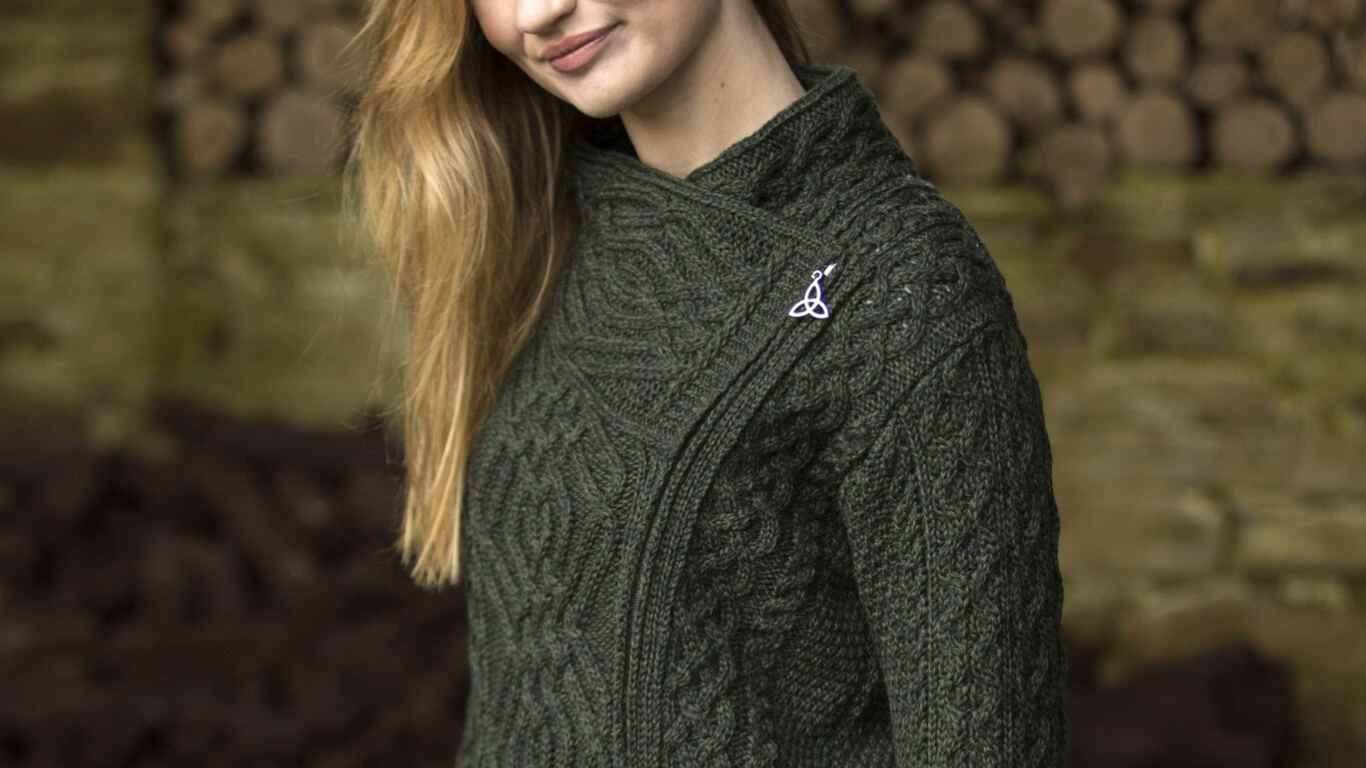


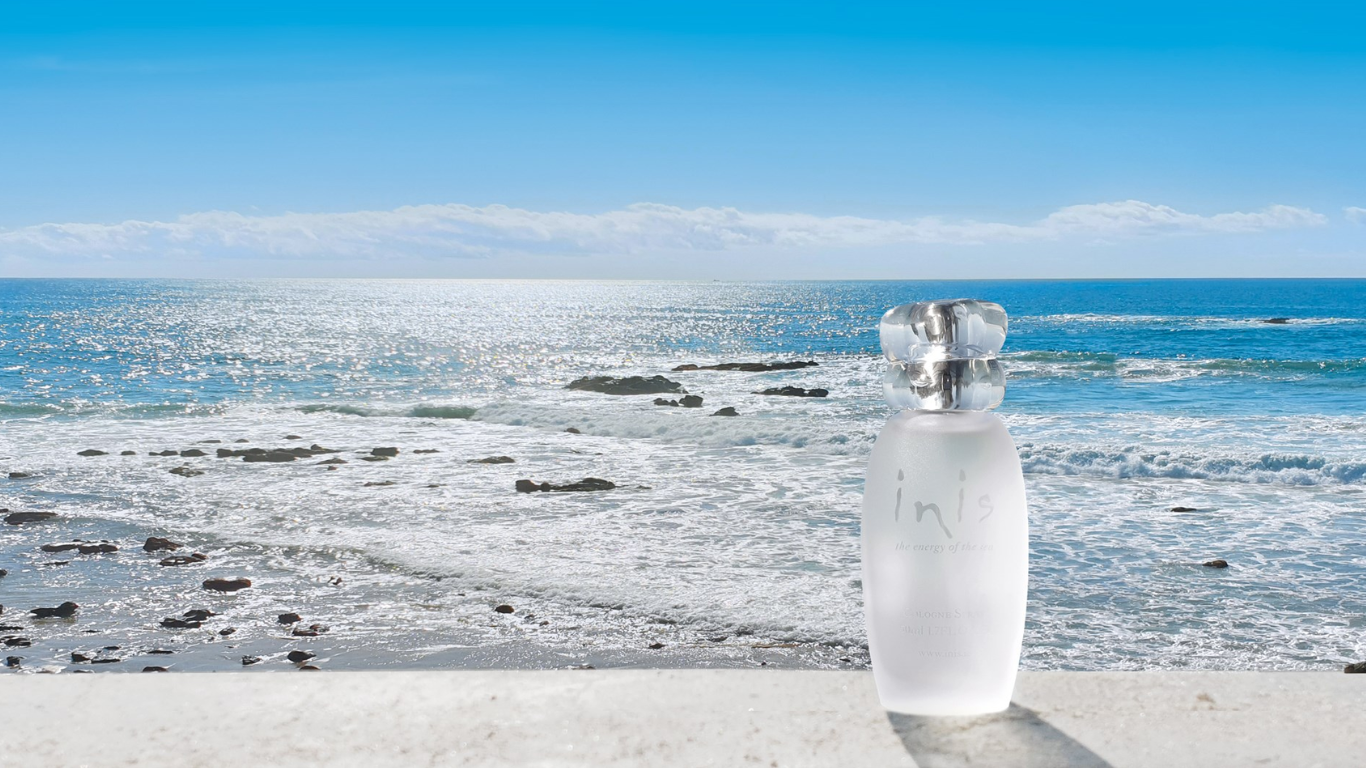
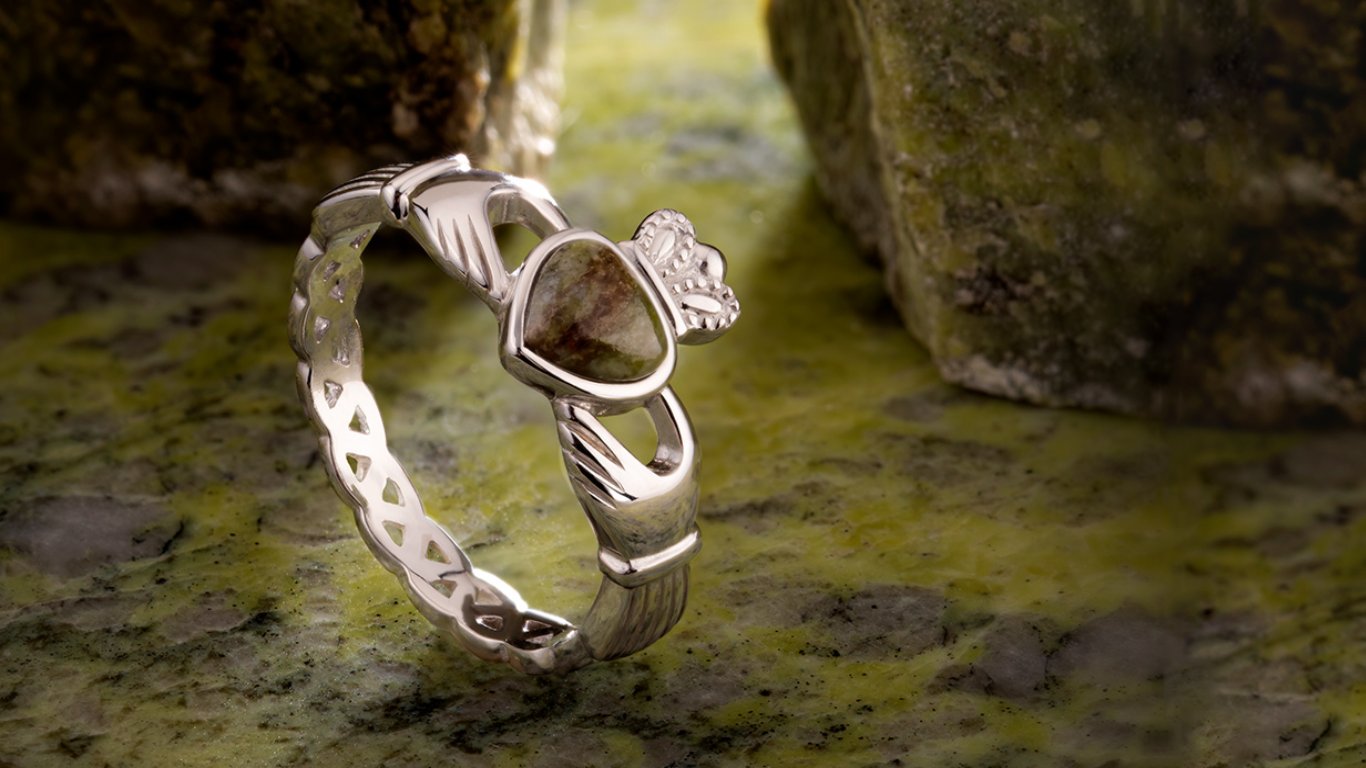

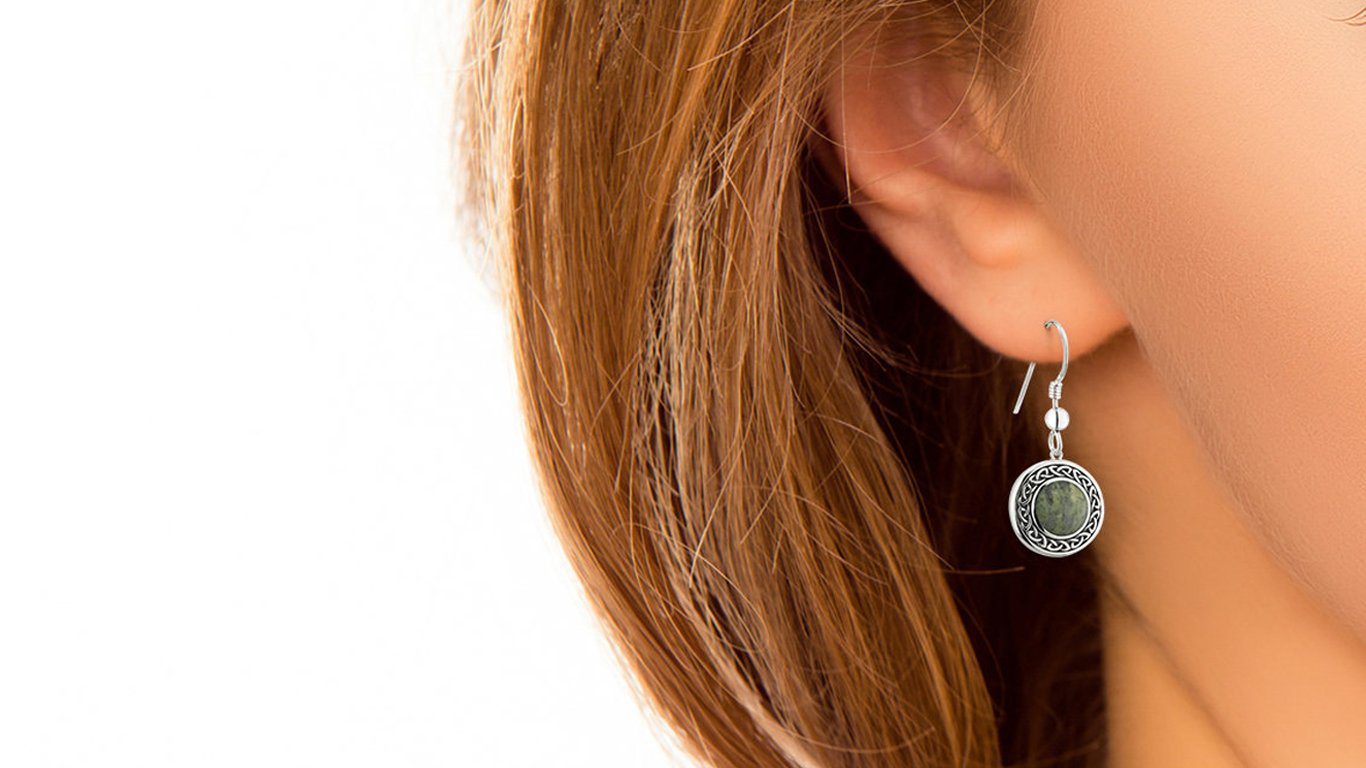
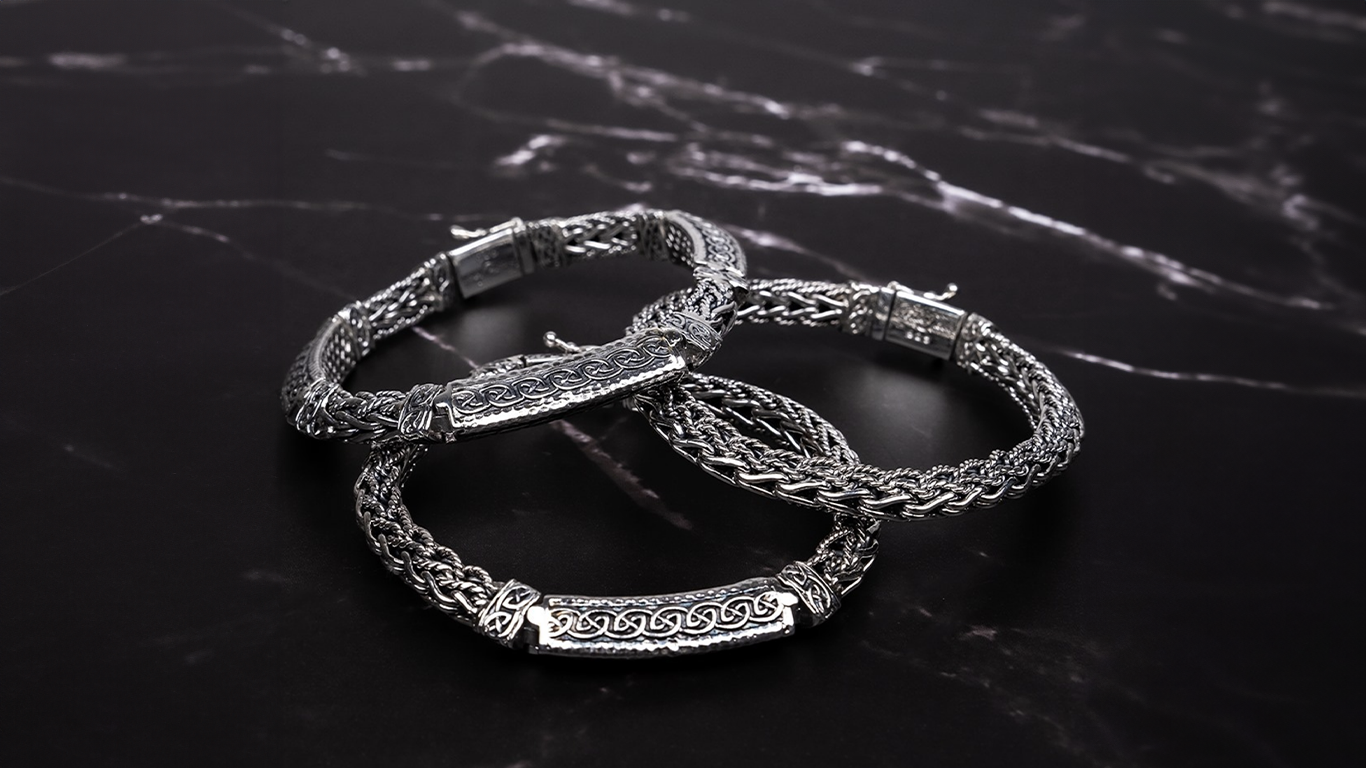






Leave a comment